Counterattack! Volkswagen, Toyota, and GM See Sales Surge in H1, Signaling Joint Venture Revival?
![]() 07/18 2025
07/18 2025
![]() 521
521
Recently, leading automakers have unveiled their sales figures for the first half of the year, revealing a surprising trend. Sales of mainstream joint venture automakers have generally increased, indicating a robust recovery, particularly for the "Big Three" joint ventures - Volkswagen, Toyota, and GM.
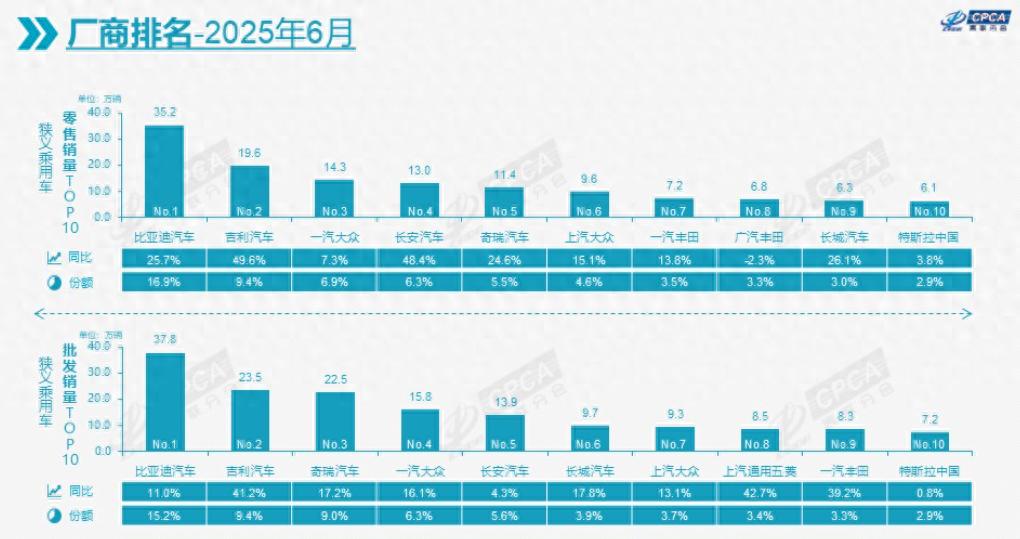
Specifically, in the first six months, FAW-Toyota sold 377,800 new vehicles, marking a 16% year-on-year increase; FAW-Volkswagen sold 436,100 new vehicles, up 3.5% year-on-year; SAIC Volkswagen's cumulative sales reached 523,000 units, a 2.3% year-on-year rise; SAIC-GM sold 245,100 units, an 8.64% year-on-year increase; and GAC Toyota sold 364,200 units, achieving positive year-on-year growth.

Source: China Automotive Data Research
Amidst a declining overall market share for German, Japanese, and American brands, joint venture automakers are striving to reassert their market competitiveness through strategic transformations and pragmatic approaches.
'Intelligent Oil and Electric Vehicles' Fortify Traditional Fuel Vehicle Foundations: In the face of the challenge posed by new energy vehicles, joint venture brands have not abandoned their traditional fuel vehicle base but have accelerated intelligent upgrades to revitalize it. FAW-Volkswagen's new TAYRON family saw sales surge 38.8% year-on-year in H1; GAC Toyota's flagship fuel vehicles, the Camry, Sienna, and Highlander, recorded a 30% year-on-year sales increase; SAIC-GM's Envision Plus sales skyrocketed by nearly 200%; and SAIC Volkswagen's intelligent upgrades, such as the Tiguan L Pro and Passat Pro, received positive market feedback. These sales figures demonstrate that there are still structural opportunities for fuel vehicles equipped with intelligent features.
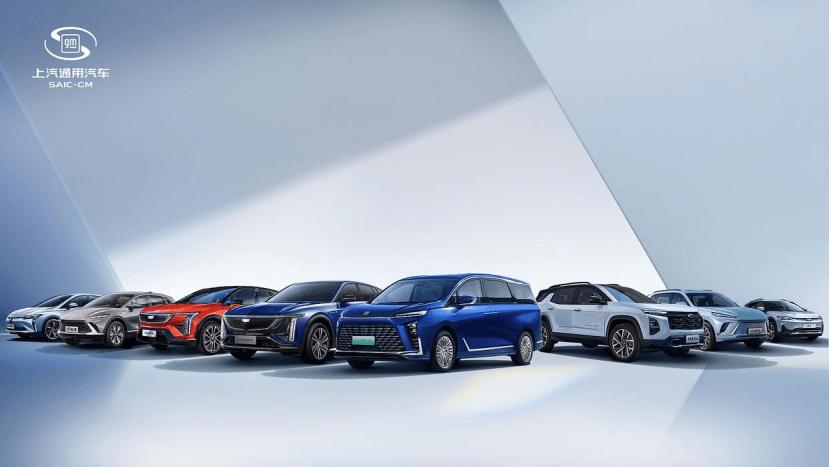
Localized R&D Accelerates the Transition to Intelligent and Electric Vehicles: Joint venture automakers are shifting from 'global technology import' to 'China market dominance.' FAW-Toyota's multiple new electric vehicle models will be led by local teams and incorporate domestic intelligent suppliers like Huawei and Xiaomi; Volkswagen plans to launch over 11 new models from 2026, introducing the first locally developed A-class pure electric platform CMP, as well as the CEA electronic architecture developed in cooperation with XPeng exclusively for the Chinese market.
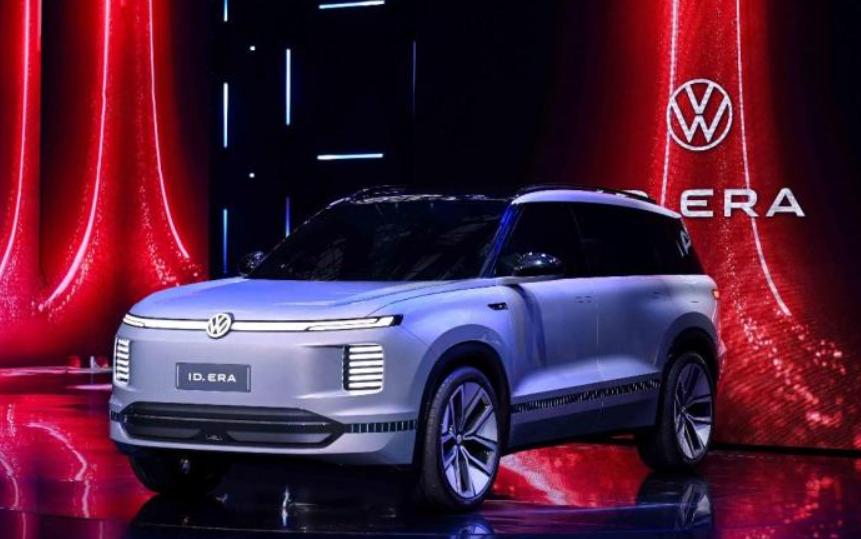
GAC Toyota's Platinum Smart 3X models have a 65% share of Chinese suppliers, effectively balancing intelligent upgrades and cost control, making it the sales leader among joint venture new energy vehicles.
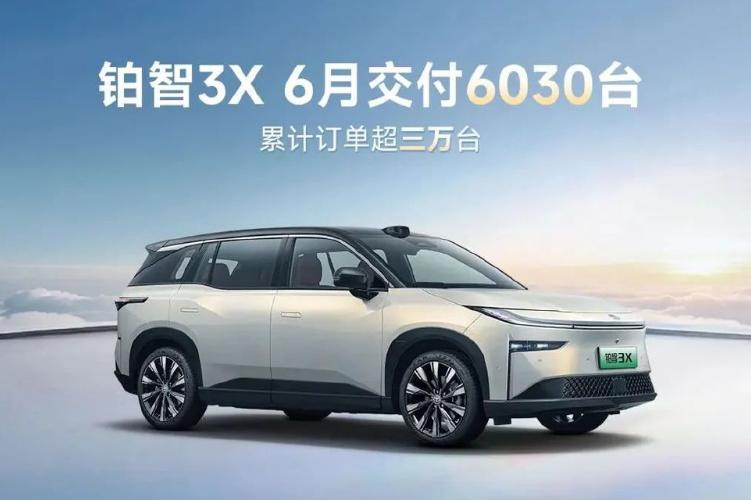
GM's locally developed 'Joyway' architecture is comprehensively deployed across three electric technology paths, driving a 50% increase in its second-quarter new energy vehicle sales in China.
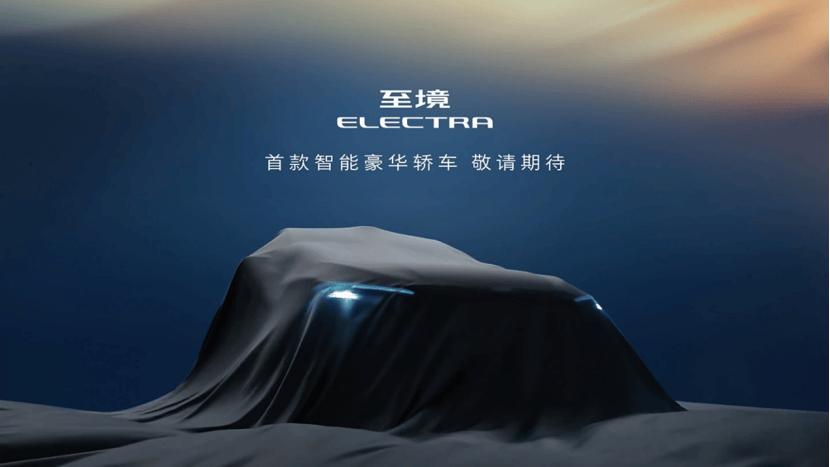
'One-Price' Strategy Revolutionizes Consumer Experience: Innovation in marketing models has emerged as a key driver. Since SAIC-GM first introduced the 'one-price' strategy with initial success, GAC Toyota, Dongfeng Nissan, FAW-Volkswagen, and others have followed suit. This not only simplifies the car-buying process and attracts young consumers through price transparency but also addresses the pain point of previous chaotic 4S store quotations, transforming dealers into 'service providers.' SAIC Volkswagen has stated that in the future, 50% of dealer commissions will be linked to service quality, de-emphasizing sales volume alone, to stabilize the terminal pricing system.
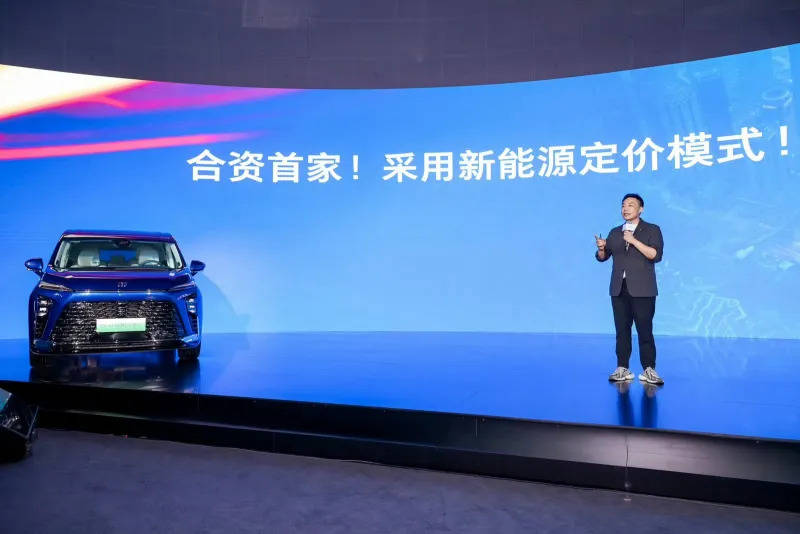
New Hope Amidst Transformation Pain: The current 'parallel oil and electric' strategy of joint venture automakers is not merely a survival tactic amid market changes but an active pursuit of transformation to reposition their competitiveness. From their commitment to intelligent fuel vehicles, to accelerating electrification through localized efforts, to self-innovation in marketing models, joint venture brands are undergoing a profound transformation.
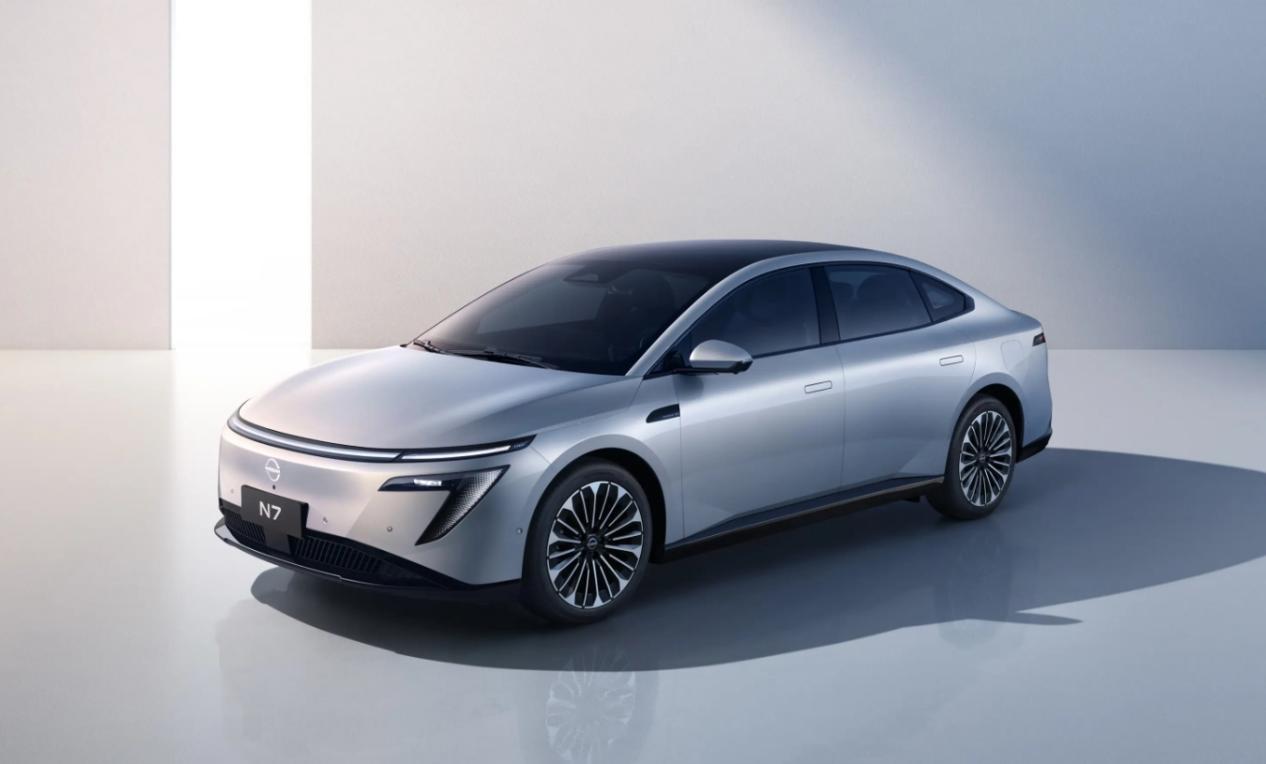
Whether they can truly grasp the pulse of innovation in the Chinese market while maintaining their base will determine their position in the future competitive landscape. This transformation is not just about the survival of enterprises but also a vivid illustration of the integration of global collaboration with the unique ecosystem of the Chinese market, infusing new vitality into the diversification and high-quality development of China's automotive industry. What are your thoughts on the position and role of joint venture automakers in the second half of the domestic automotive market? Follow 'AutoDomain' and share your insights in the comments below.







